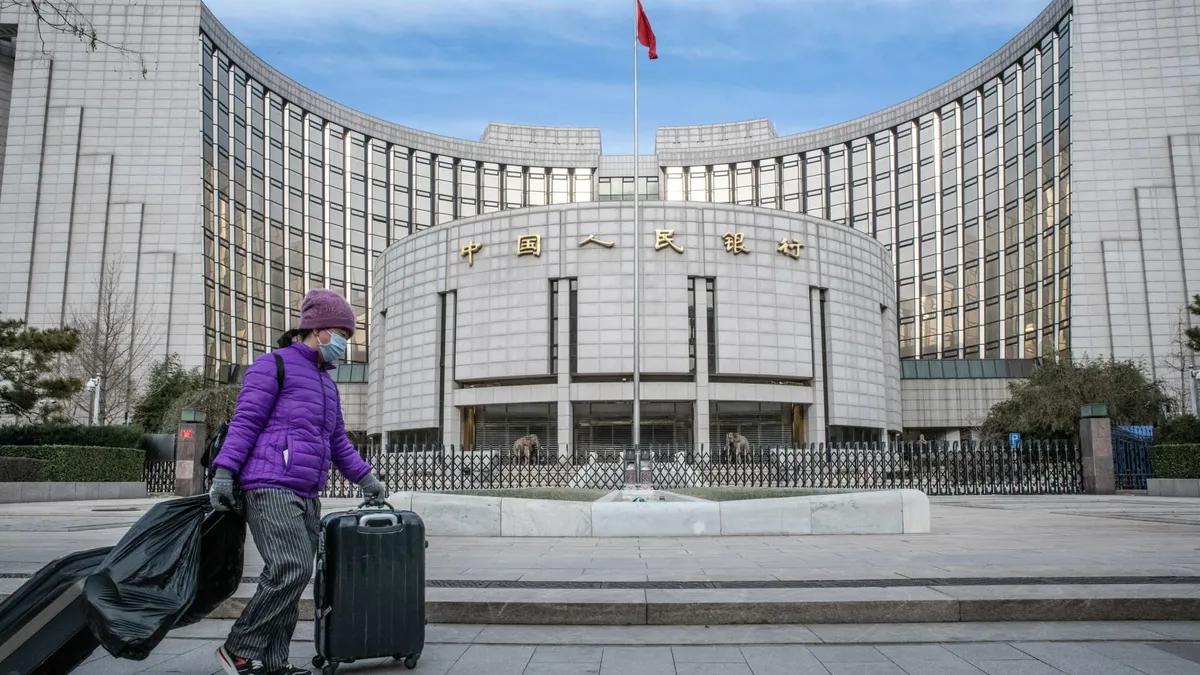
On Monday, China announced that it will keep its loan prime rates unchanged, with the 1-year LPR set at 3.1% and the 5-year LPR at 3.6%. This decision, made by the People's Bank of China (PBOC), reflects the central bank's focus on stabilizing the yuan in the face of ongoing trade tensions with the United States.
The PBOC's decision comes on the heels of better-than-expected economic indicators for China. In March, the country reported a year-on-year GDP growth of 5.4% for the first quarter, providing the central bank with the necessary leeway to keep rates steady. Additionally, retail sales and industrial output figures for March surpassed economists' expectations, as surveyed by Reuters.
The 1-year LPR significantly influences corporate lending and most household loans in China, while the 5-year LPR serves as a benchmark for mortgage rates. Since October of the previous year, the PBOC has maintained these rates at their current levels, emphasizing a cautious approach to monetary policy.
Following the PBOC's announcement, the Chinese onshore yuan was trading flat at 7.2995 against the dollar, while the offshore yuan experienced a slight strengthening to 7.2962 against the greenback. Moreover, mainland China's CSI 300 index saw a rise of 0.36%, indicating a positive market response.
The PBOC's decision aligns with a recent Reuters poll of economists, where 87% anticipated that the central bank would keep the rates steady. Dutch bank ING had also predicted this outcome in a note last week. Analysts Lynn Song and Min Joo Kang noted that the LPR would likely remain unchanged unless the 7-day repo rate was cut first. Currently, the 7-day repo rate stands at 1.5%, having been reduced by 20 basis points in September.
While ING acknowledged low inflation and strong external headwinds, including escalating tariff threats, these factors present a compelling case for potential easing of monetary policy. However, considerations regarding currency stabilization may lead the PBOC to wait for the U.S. Federal Reserve to cut borrowing costs before making any adjustments.
The ongoing trade war has seen the U.S. impose tariffs as high as 245% on Chinese imports, while China has responded with its own 125% duties on U.S. goods. Despite the encouraging GDP growth figures, consumer prices in China remain in deflationary territory, with the Consumer Price Index (CPI) showing a year-on-year decline of 0.1% in March. Additionally, producer prices fell by 2.5% in March, marking the 29th consecutive month of deflation and the most significant contraction since November 2024.
In summary, China's decision to maintain its loan prime rates at 3.1% for the 1-year LPR and 3.6% for the 5-year LPR reflects a cautious approach in light of positive economic data and external trade pressures. As the PBOC navigates these challenges, the focus remains on stabilizing the yuan and supporting economic growth.